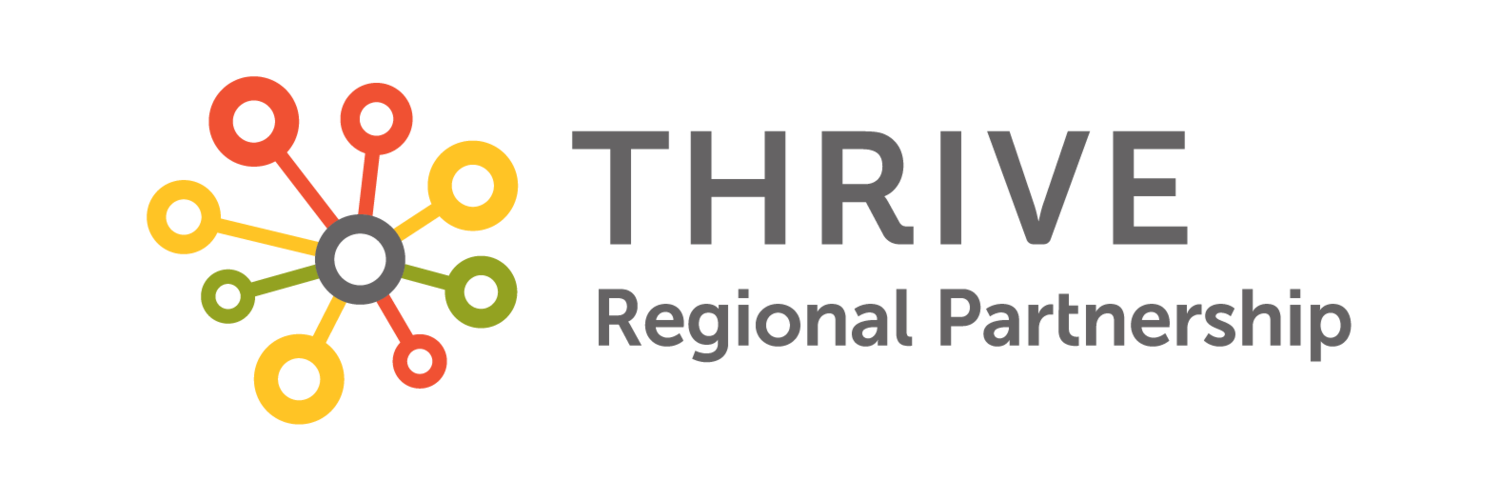A Region That Drives the Future of Infrastructure
As consumers increasingly trend toward digital platforms (i.e. Google, Amazon, etc.), it’s clearer than ever that existing physical infrastructure must shift to meet the needs of digital consumerism. When you add freight transport of goods ordered online to the thousands of people making daily commutes to work along the interstate systems, it’s no wonder that in today’s climate, infrastructure is on the minds of countless policymakers and business leaders.
HIGHWAY ROBBERY
Neglected roads and congested traffic cause more than frustration and headaches. They cause tremendous financial losses for businesses and individuals alike. According to the American Transportation Research Institute, congestion of the U.S. National Highway System cost the trucking industry $63.4 billion dollars in 2015, equivalent to 362,243 drivers sitting idle for an entire year. Inadequate infrastructure affects commuters across the country as well. Motorists lose on average $523 annually (that’s $112 billion, nationally) in vehicle repair costs due to unmaintained roads. That means the pothole you hit every morning on your way to the office hurts your wallet and your tires.
POPULATION GROWTH BRINGS DEMAND
The American South is experiencing a vibrant renaissance. Large-scale businesses are considering southern cities for new headquarters, and people are flocking to the area for an easygoing quality of life, mild climate, and access to the outdoors.
Between 2014 and 2015, sixteen southern states experienced a population increase of 1.4 million people. Furthermore, the south is home to ten of the fastest growing cities in the United States. Community revitalization appears contagious, and with that comes a heightened demand for goods and products. On average, a family of four consumes one tractor-trailer load of goods each year. That’s an astounding freight increase for the southern states.
THE LOCAL GRIDLOCK
Chattanooga, Tennessee, where Interstate 24 meets U.S. Highway 27, represents a joint of major freight transportation. This interchange is the most freight-congested in the state and ranks eleventh on the list of worst truck bottlenecks in the country. Growing transportation demands resulting from the Savannah, Georgia Harbor expansion project has further exasperated the region’s infrastructure problem. The Georgia Ports Authority projects an additional 1.25 million trucks will be required by 2028 to pull the Port’s expanded capacity.
The city, twice voted Best Town Ever by Outside magazine, is uniquely located along the Tennessee River in the crook of three states: Tennessee, Georgia, and Alabama, and is surrounded by rolling mountains, and lush farmland. The Tennessee River that bisects the city is a popular destination for kayaking, triathlons, and fishing. This natural haven is home to unrivaled aquatic biodiversity and bolsters the tri-state region’s economy with outdoor recreation opportunities.
The situation presents a problem: while economic growth is in abundance, natural protection is essential, and the journey to a solution is a thought movement that must emanate from within.
HOW ONE REGION SHIFTS GEARS
Powerful problems drive powerful solutions. Thrive Regional Partnership, a tri-state organization that champions responsible growth concurrent with economic opportunity, convenes a multi-disciplined team to answer the tough question:
How might we safely and efficiently move people and products within and through the tri-state region without disrupting the natural landscape?
The team consists of executives from local industries including: McKee Foods, Shaw Industries, Lowe’s Companies, Inc., Engineered Floors, and CHI Memorial; officials from the Chattanooga Metropolitan Airport Authority, Georgia Ports Authority, CARTA, Southeast Tennessee Development, Northwest Georgia Regional Commission, statewide Departments of Transportation, and local city and county governments; leaders of logistics companies including Covenant Transport Group, STEAM Logistics, Lee-Smith, and Delta Delivers. Though they represent various sectors of business, they have one thing in common: infrastructure will negatively affect their people, customers, and industries if not addressed comprehensively as a tri-state region.
On a cloudy day in March, the leadership team met in Chattanooga on the campus of Volkswagen USA to kick off an Infrastructure Inspiration Summit in which they discussed the challenges and needs associated with freight and infrastructure in the tri-state region. The full-day session, facilitated by Bridge Innovate, a local design-thinking consulting firm, resulted in actionable research to resolve issues related to workforce and freight mobility, and broadband connectivity across the tri-state region.
Because you can’t fully envision the future without engaging the voices of the future, twenty teams of over 150 students, elementary through collegiate, joined the professional teams at the Infrastructure Inspiration Summit to showcase their solutions to the region’s infrastructure problems in the Bright Spark Student Design Challenge. Prototypes included an incentivizing app to reduce non-freight traffic on interstates, city maps designed around new principles of urbanism, and an integrative transport network that powers private and professional travel around the Southeast and beyond.
The road to innovative infrastructure is long, but the problem is surmountable with key stakeholders and business leaders powering the drive. Innovative thinking and implementable design is the fuel for a dynamite engine of active community leaders ready to take their businesses and region into the future. The gears are shifting.
References
American Transportation Research Institute. “Cost of Congestion to the Trucking Industry: 2017 Update.” May 2017.
TRIP. “Bumpy Roads Ahead: America’s Roughest Rides and Strategies to Make Our Roads Smoother.” November 2016.
Henderson, Tim. The PEW Trusts. “Americans are Moving South, West Again.” January 2016.
United States Census Bureau. “The South Is Home to 10 of the 15 Fastest Growing Large Cities.” May 2017.
American Transportation Research Institute. “2018 Top 100 Bottlenecks List.”


